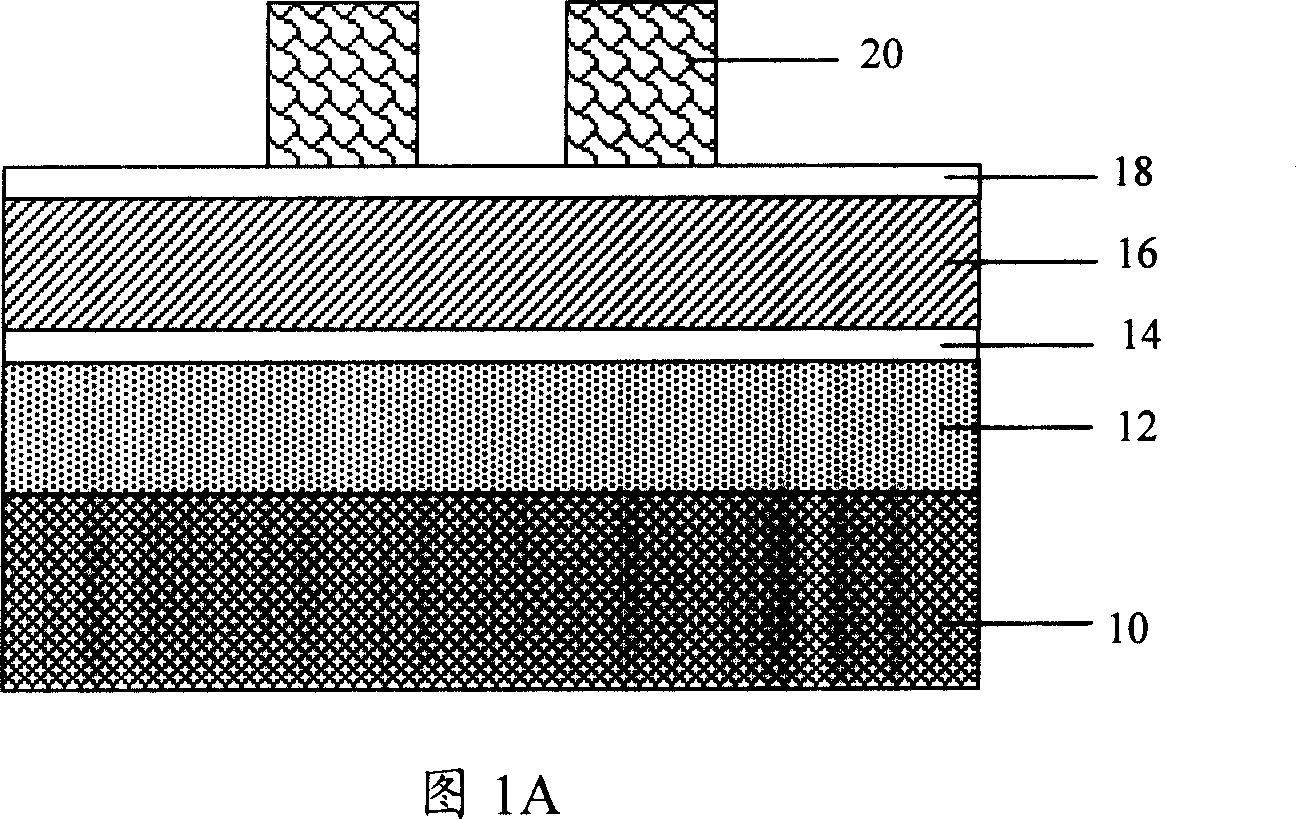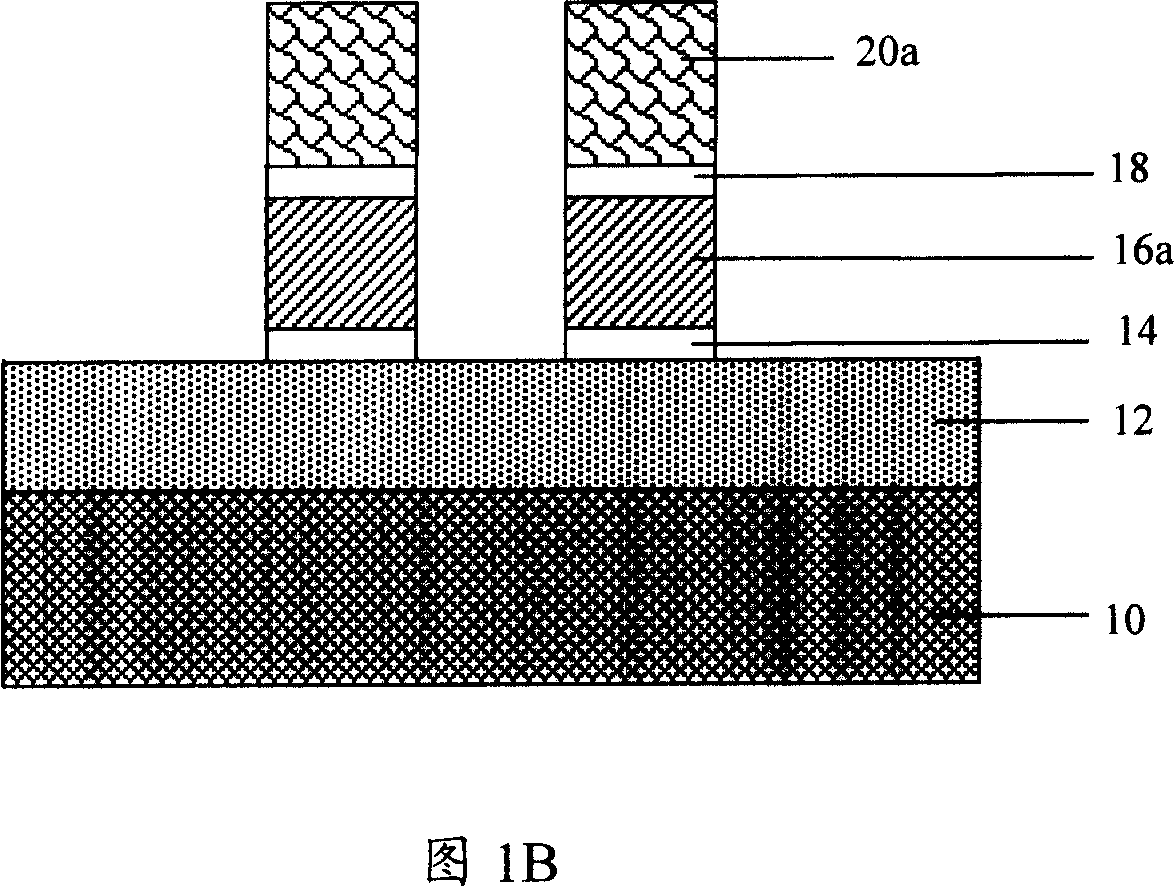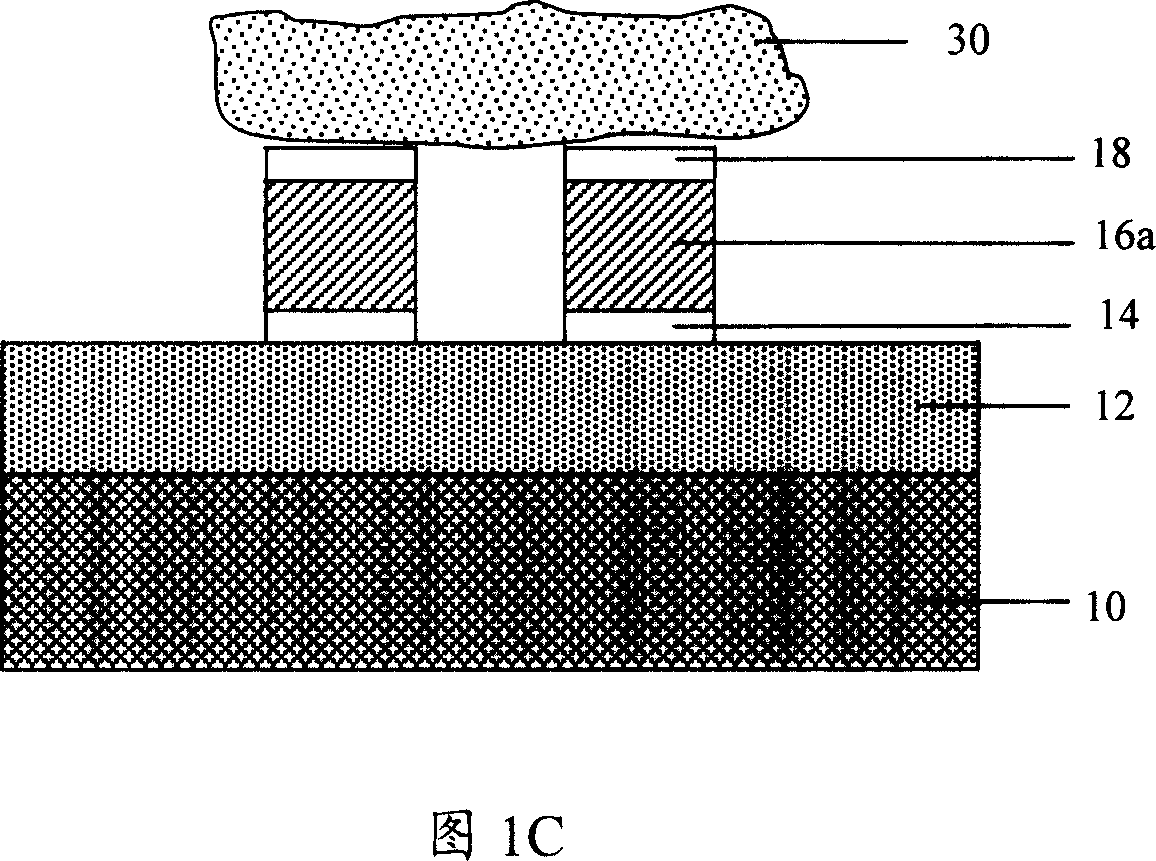Method for removing etching residue
A technology for etching residues and functional layers, which can be used in microlithography exposure equipment, electrical components, semiconductor/solid-state device manufacturing, etc., and can solve problems such as difficulty and difficulty in removing photoresist
- Summary
- Abstract
- Description
- Claims
- Application Information
AI Technical Summary
Problems solved by technology
Method used
Image
Examples
Embodiment Construction
[0039] In order to make the above objects, features and advantages of the present invention more comprehensible, specific implementations of the present invention will be described in detail below in conjunction with the accompanying drawings.
[0040]The method for removing etching residues of the present invention can be widely applied to the photoresist removal process after the etching process of many different metal or non-metal layer materials in the semiconductor manufacturing process. Here, the present invention illustrates the method of the present invention through preferred embodiments, and those of ordinary skill in the art should know that many steps can be changed, and the deposits produced by the metal layer material and the reaction can also be replaced. These general replacements Undoubtedly, it does not depart from the spirit and protection scope of the present invention.
[0041] The first embodiment of the method for removing photoresist residues after etch...
PUM
 Login to View More
Login to View More Abstract
Description
Claims
Application Information
 Login to View More
Login to View More - R&D
- Intellectual Property
- Life Sciences
- Materials
- Tech Scout
- Unparalleled Data Quality
- Higher Quality Content
- 60% Fewer Hallucinations
Browse by: Latest US Patents, China's latest patents, Technical Efficacy Thesaurus, Application Domain, Technology Topic, Popular Technical Reports.
© 2025 PatSnap. All rights reserved.Legal|Privacy policy|Modern Slavery Act Transparency Statement|Sitemap|About US| Contact US: help@patsnap.com



